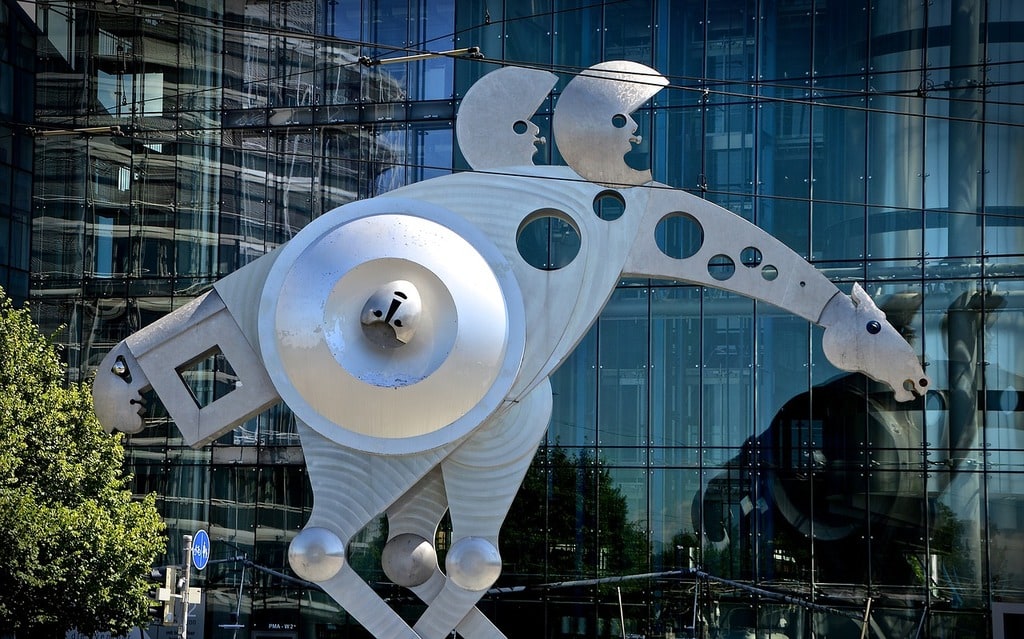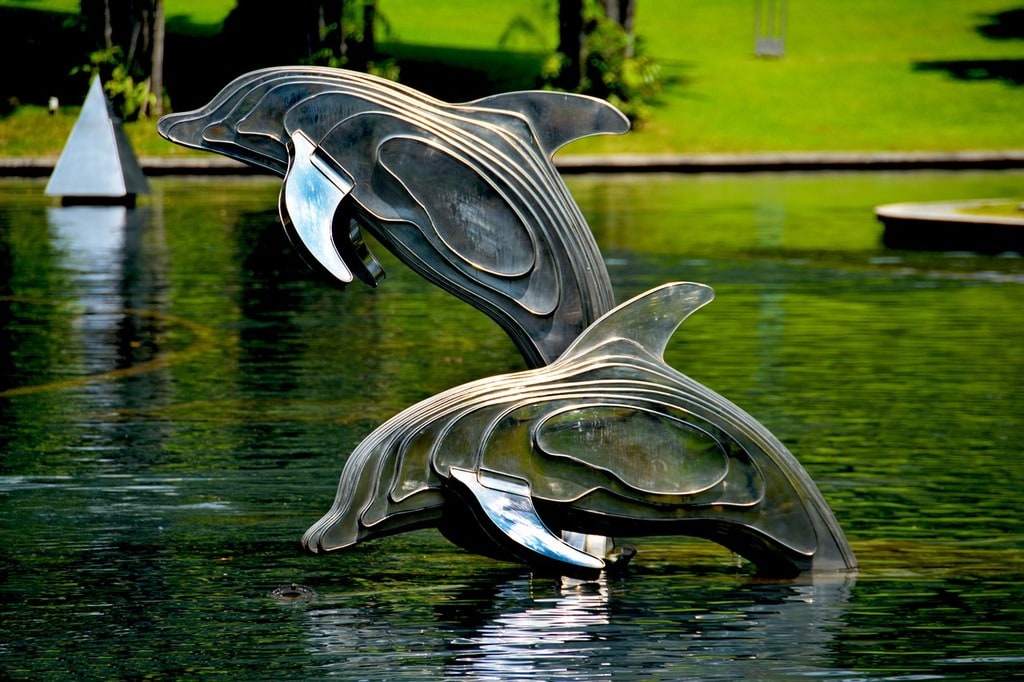
Exploring modern art techniques and styles
Modern art is a constantly evolving field that reflects the complexities and diversities of contemporary life. Artists today employ a myriad of techniques and styles, each contributing to the dynamic and ever-changing landscape of art. From abstract expressionism to digital media, the variety of methods used in modern art is as extensive as it is intriguing.
Techniques and Styles in Modern Art
Modern art techniques are often characterized by their innovative and experimental nature. Artists are no longer confined to traditional methods of painting and sculpture. They now incorporate a wide array of materials and approaches to express their creativity and perspectives.
One prominent technique in modern art is abstract expressionism, which emerged in the mid-20th century. This style focuses on spontaneous, automatic, or subconscious creation. Artists like Jackson Pollock and Mark Rothko are known for their large-scale, vibrant canvases that emphasize color, shape, and texture over recognizable subject matter.
Mixed Media and Collage
Another fascinating technique is mixed media, where artists combine different materials and methods in a single work. This approach allows for greater flexibility and depth, enabling artists to explore diverse textures and forms. Collage, a subset of mixed media, involves assembling various paper pieces, photographs, and other materials to create a cohesive composition. Pioneers like Pablo Picasso and Georges Braque utilized collage to challenge traditional perspectives and add new dimensions to their work.
Mixed media and collage offer endless possibilities, inviting artists to push the boundaries of their creativity. This technique often results in highly textured and visually stimulating pieces that captivate viewers.

Digital Art and New Media
In the digital age, many artists have embraced technology as a medium. Digital art encompasses a wide range of practices, including digital painting, 3D modeling, and virtual reality. These methods open up new avenues for creativity, allowing for precise manipulation of images and the creation of immersive environments.
Artists like Rafik Anadol and Beeple are at the forefront of this movement, using algorithms, artificial intelligence, and other advanced technologies to produce stunning visual experiences. Digital art challenges the traditional notions of what art can be, blending the lines between reality and virtuality.
Street Art and Graffiti
Street art has become an influential part of the modern art scene, transforming public spaces into vibrant galleries. This art form is often characterized by its ephemeral nature and its ability to address social and political issues directly. Graffiti, murals, and installations are common manifestations of street art, with artists like Banksy and Shepard Fairey gaining international recognition for their provocative works.
Street art brings art to the masses, democratizing the art experience and making it accessible to a broader audience. This technique often sparks dialogue and raises awareness about pressing societal issues.
Notable Techniques and Their Impact
The impact of these modern art techniques extends beyond the art world, influencing various aspects of society and culture. Here are some key techniques and their significance:
- Abstract Expressionism: emphasizes emotional intensity and freedom of expression.
- Mixed Media: encourages the fusion of different artistic elements, creating richer, more complex works.
- Digital Art: explores the intersection of art and technology, expanding the boundaries of creativity.
- Street Art: engages with the public directly, fostering community interaction and social commentary.
These techniques reflect the diverse ways in which modern artists engage with their environment and the issues of their time.
The Role of Innovation in Modern Art
Innovation is at the heart of modern art, driving artists to explore new methods and materials. This spirit of experimentation leads to the constant evolution of artistic practices and the emergence of new styles. The blending of traditional and contemporary techniques often results in groundbreaking works that challenge conventional perceptions and inspire future generations.
Modern art is not just about the final product but also about the process and the ideas behind it. Artists today are not afraid to break the rules, redefine boundaries, and question the status quo. This boldness and willingness to experiment keep modern art relevant and exciting.
Embracing Diversity in Modern Art
Diversity is a defining feature of modern art. The multitude of techniques and styles reflects the varied backgrounds, experiences, and perspectives of contemporary artists. This inclusivity enriches the art world, fostering a deeper understanding and appreciation of different cultures and viewpoints.
Modern art is a celebration of diversity, encouraging dialogue and connection among people from all walks of life. By embracing different techniques and styles, artists create a vibrant and inclusive art scene that resonates with audiences worldwide.
The exploration of modern art techniques and styles reveals a world of creativity and innovation. Artists continue to push the boundaries of what is possible, employing a range of methods to express their unique visions. Whether through abstract expressionism, mixed media, digital art, or street art, modern art captivates and inspires, reflecting the complexities of our contemporary world.